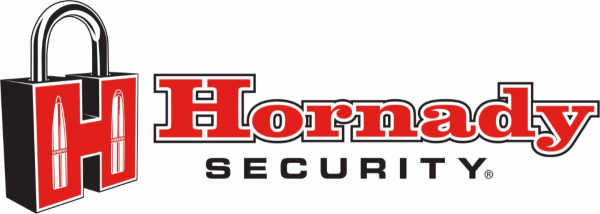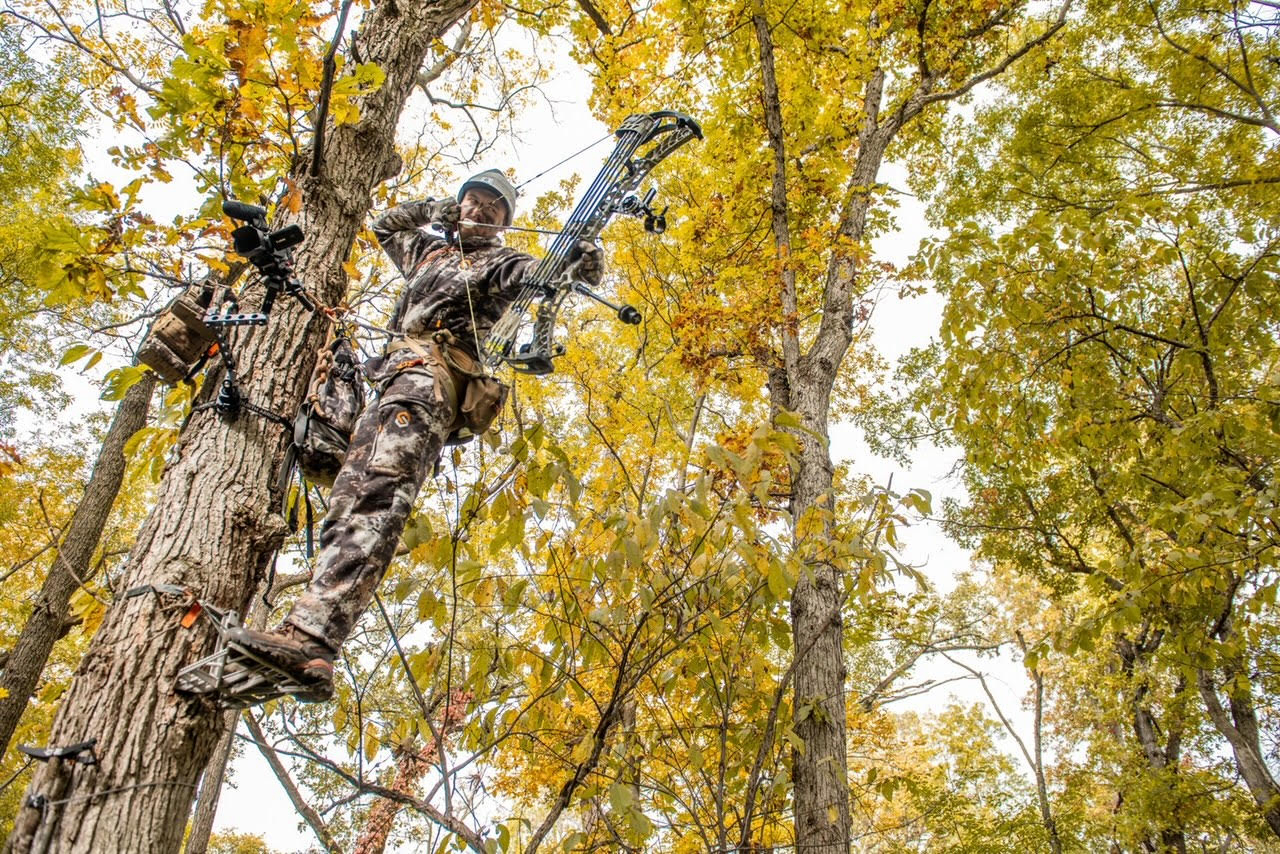Managing Michigan’s Deer Herd for Money
By Glen Wunderlich
Outdoor Columnist
Member Professional Outdoor Media Association
It’s no secret that Michigan’s deer herd has been managed for quantity rather than quality for far too long. Anyone who has spent any time at all in the wild searching for that elusive wall hanger understands how much the herd is out of balance with does outnumbering bucks by huge margins. As part of the picture, a vast majority of bucks harvested annually are yearlings (1.5 years old).
As stewards of the land, we hunters can have an impact on the ratio by simply passing on these adolescent bucks in hope they will grow to adulthood. We are not obligated by law to do so, but common sense dictates older bucks only get that way by getting through the most critical, formative time of their young and less experienced lives.
Obviously, such management strategy is not for everyone; youth hunters and those that have little personal time to hunt often opt for the first buck they see. Fine. It’s understandable. But agree with these tactics or not, they are part of the buck to doe equation.
Finally, however, Michigan’s Natural Resources Commission is offering its own version of stimulus and only in Michigan can we find such “problem-solving” creativeness. For a limited time only, hunters may purchase two antlerless tags for the price of three. That’s right. Last season for $30 a hunter could purchase three antlerless tags; now he’ll receive two for the same money. Hurry, hurry, hurry! Supply is limited.
It’s always a delicate balancing act with government: Its goal appears to be to squeeze as much as possible from any group (in this case hunters) without making fees, taxes, licenses – call them what you will – so exorbitant that revenues will actually decrease rather than increase, as intended. With this antlerless-license maneuver, some will be motivated to drop out of the market; some among the dropouts will be encouraged to bag a doe or two without paying for any license at all. These are givens.
But who among the hunting fraternity will purchase more tags at the increased rate to make up for those mentioned above? I’m going to go out on a limb here and venture a guess: Nobody!
It’s no wonder that the hunting population has decreased an average of 2 percent annually in Michigan with “government think” at the helm. If upper management really wants to properly manage the burgeoning deer population in high-density areas, lower license costs or even bounties could be implemented.
Auto insurance companies could subsidize any potential revenue decreases with the money they’d save on car/deer collisions (at over $2000 average per crash) and I’m guessing there would still be enough income reserves to give all Michigan drivers reductions in auto insurance premiums.
Call me crazy, but I find it impossible to understand, how in our depressed Michigan economy, Michigan’s hunting “revenue enhancement” strategy will have the desired effect of doing anything but perpetuating the conditions that have us where we are now. Yes, it’s time for change, and this ain’t it.







